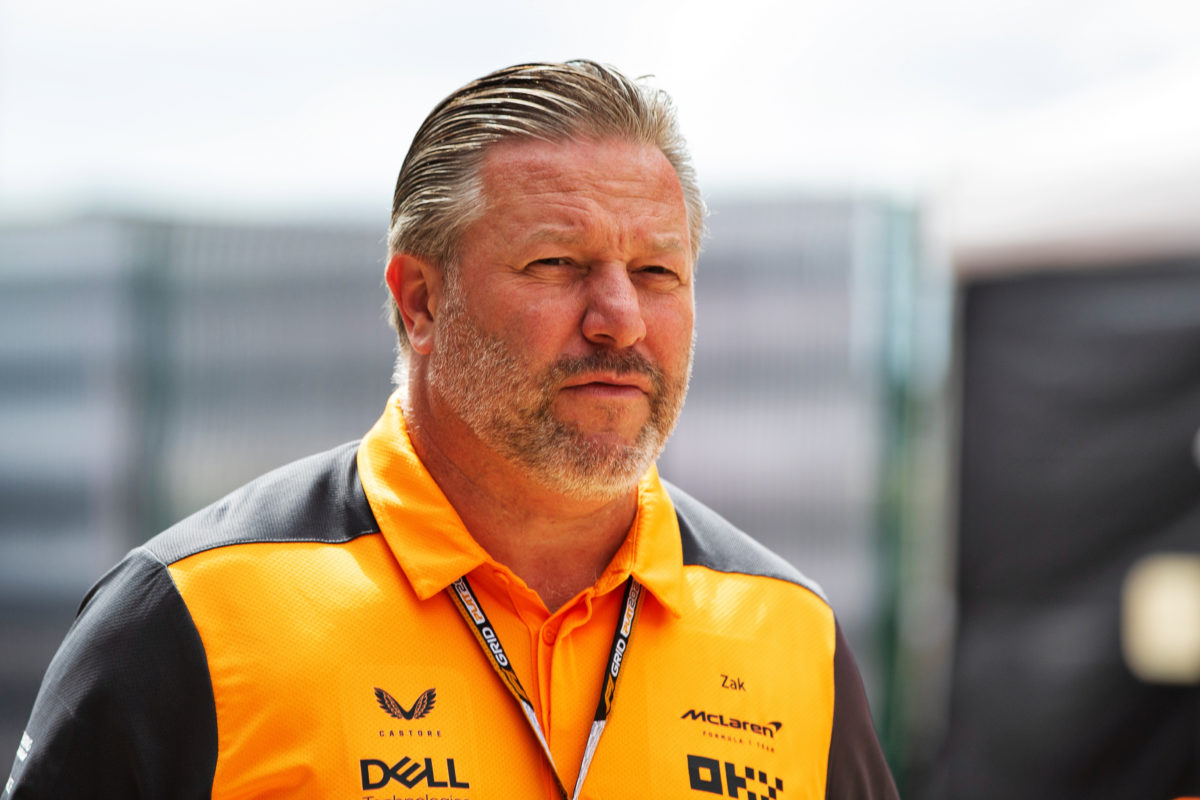
McLaren CEO Zak Brown feels his team now has no excuses for not returning to the front in F1 after finally becoming “cashflow positive”.
For a period of time, McLaren underwent a rough ride, particularly at the start of this decade as Covid-19 took a stranglehold in 2020.
As a company, McLaren Group was forced to make 1200 staff redundant – around 30 percent of its total workforce – in May of that year.
Seven months later, McLaren Racing was aided by a £185 million investment from MSP Sports Capital.
The New York-based company acquired an initial 15 percent stake that rose to a 33 percent shareholding at the end of last year.
With Formula 1 enjoying a boom time, Brown has confirmed McLaren is in an extremely strong financial position.
Initially dismissing suggestions the team was a “money-making machine”, he added it was now “a profitable Formula 1 team”.
Brown, speaking at the launch of the MCL60 to selected media including Speedcafe.com said: “We were losing well north of £100million when we got started on our journey.
“(We are) Very fortunate that we brought in new shareholders that enabled us to do things like the wind tunnel and the simulator.
“We’re cashflow positive. We’ve got, I think, the greatest set of corporate partners in all of motorsports.
“So from that standpoint, we’re financially very, very healthy. We have all the resources we need to get back to the front.”
New McLaren windtunnel benefit timeline explained
A key investment is the windtunnel which is due to come online later this year and play a major role in the development of the 2024 car and, in particular, the one for 2025.
The project was initially commissioned in 2019 but its development faced significant delays due to the impact of Covid-19.
It is one of the major reasons why McLaren has been unable to keep pace with the top three especially, even falling behind Alpine in the pecking order last year.
Explaining the timeline, new team principal Andrea Stella said: “The benefit of having the infrastructure is a long way, and it pays off for a long time.
“Having the new infrastructure come to fruition in the middle of the year realistically means we should start to see its influence on the 2024 car.
“It will be very difficult to influence the ’23 because by then we will already be pretty much fully focused on the ’24.
“So let’s say 50 percent of the benefit at the start of the ’24 (car) and hopefully 100 percent of the benefit on the development of the ’24 in season next year.”





















Discussion about this post